How Hernan Cortez destroyed the Aztec Empire
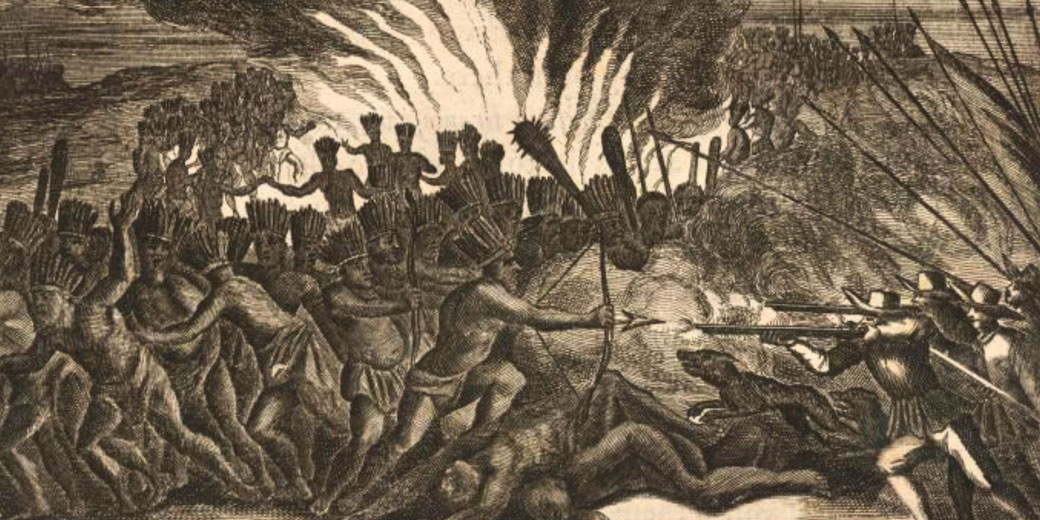
The Aztec Empire dominated the area of modern Mexico between AD 1428 and 1521 and was at the height of its wealth and power when Spanish explorers encountered it in the early 16th century.
However, the advanced weaponry used by the Europeans allowed them to conquer the Aztec in less than three years.
The dominant rise of the Aztec
The Aztec Empire maintained power through an alliance with two other city-states: Texcoco and Tlacopan.
This was known as the 'Triple Alliance'. The Aztecs were the most powerful of the alliance and expanded rapidly through military conquest.
Each conquered city was forced to pay regular tributes to the Aztec city of Tenochtitlan.
The Aztec used fear to control these conquered territories as well.
Any enemy soldiers that were captured in battle were used for human sacrifices at Aztec temples.
The brutal reputation of the Aztec created anger among those they conquered, and many cities tried to rebel against them.
That is why, when the Spanish arrived, many Mesoamerican tribes, like the Tlaxcalans, were all too willing to help the invaders destroy the Aztec.
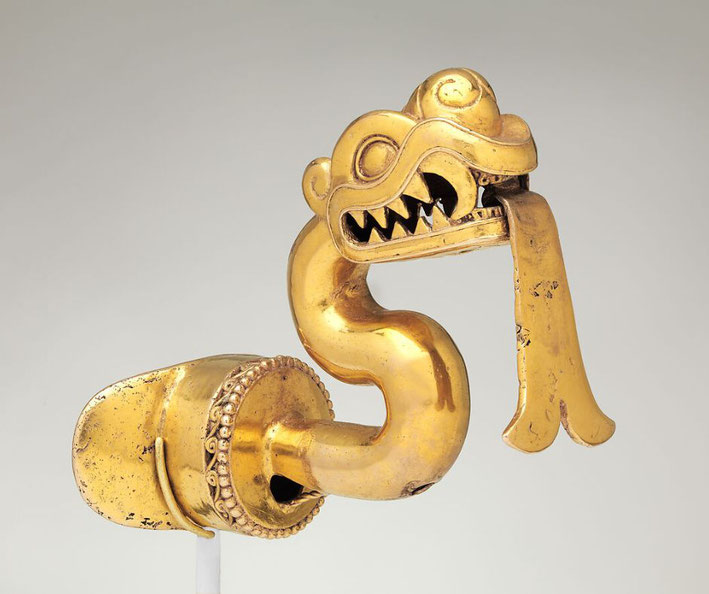
Who was Hernan Cortez?
After Columbus' arrival in the New World in 1492, a flood of other Spanish explorers and treasure hunters headed west.
By 1515, about 5000 Spanish had reached the Caribbean and were exploring further west towards the Aztec lands.
It was at this time that rumours had reached the Aztec emperor about mysterious foreigners in the region.
A Spanish governor in Cuba sent people to explore the mainland in 1517, and they brought back stories that a great, wealthy empire existed nearby.
As a result, a group of 500 soldiers were sent under the command of a Spanish conquistador called Hernan Cortez, with a mission to learn more, and if possible, find any gold.
Cortez was born in Spain and was among the Spaniards who ventured to the New World.
He was motivated to explore the region to get rich, but also to convert the native inhabitants to Christianity.
Cortez and his small army reached the mainland in March 1519 and converted some local tribespeople to Christianity after defeating them militarily.
Cortez was also given some slaves, one of which was called Malinche. She knew several languages and quickly learnt Spanish.
She became a valuable asset to Cortez and would be a key translator when they reached the Aztec lands.
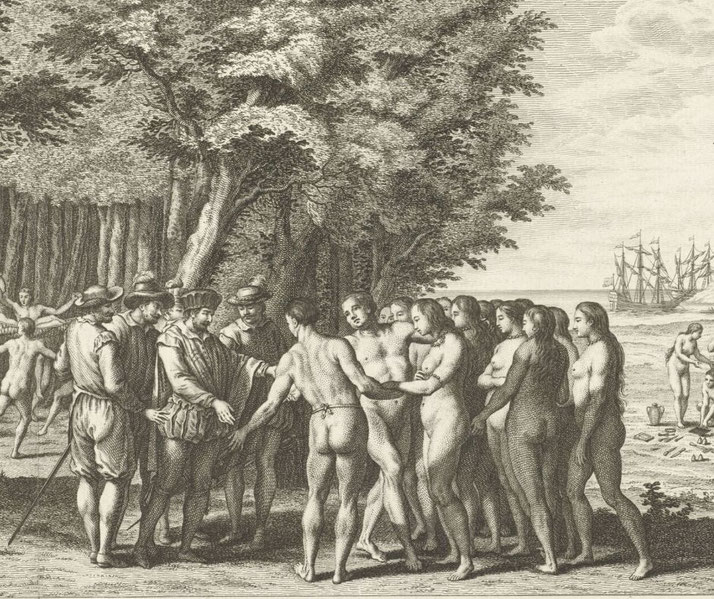
Worlds collide
Cortez made the surprising decision to scuttle his ships. This meant that he ordered his men to sabotage them by beaching them on the sands and boring holes in the hulls.
It made the ships unfit to sail and would require weeks of work to repair. It is believed that he did this to eliminate the possibility of retreat for his men and ensuring their full commitment to the completing the conquest.
In August 1519, Cortez began his march to Tenochtitlan. As Cortez marched westward, the Aztec emperor, Montezuma II, grew concerned.
Montezuma sent ambassadors to intercept Cortez, and they offered the conquistador expensive items, including gold, silver, slaves, and fine clothing, in return for a promise that the Spanish did not enter further into Aztec lands.
The Aztec emperor probably meant this to be a sign of friendship, but Cortez saw this as a sign of how much wealth awaited him and his men if they continued.
On their journey, the Spanish encountered various local city-states. Many of them sent their armies to repel the invaders, but the use of cannons and rifles by the Spanish gave them easy victories.
Other city-states, like Tlaxcala, allied with Cortez and sent their own armies to support the Spanish.
Tlaxcala provided as many as 1,000 soldiers to aid in the Spanish conquest.
When the conquistadors reached the Aztec capital on the 8th of November 1519, Montezuma was very welcoming.
Cortez met Montezuma at the imperial residence where they exchanged gifts. Montezuma provided particularly expensive gifts made of gold, the quantity of which excited the Spanish and made them curious of how much more gold the Aztec had access to.

The capture of Montezuma
The Spanish stayed in Tenochtitlan for about two weeks, acting peacefully while looking for more stores of gold.
The Aztec emperor treated them as guests of honour and showed Cortez around the vast city.
When they were shown the Great Temple (or Templo Mayor), the visitors were said to be horrified by the piles of skulls and layers of dried blood from the number of human sacrifices that had occurred there.
At the end of the two weeks, Cortez's men chose to take control of the city. They seized Montezuma and held him hostage in the palace.
The Aztec emperor was allowed to move around, and even through the streets of the city, but was always under Spanish guard.
While they held Montezuma, Cortez controlled the city and ordered his men to take as many valuable objects as they could find.
Over the next five months, the Aztec people became increasingly uncomfortable with the situation, and they started to fear that Montezuma was actually working with the Spanish to defraud them of their valuables.
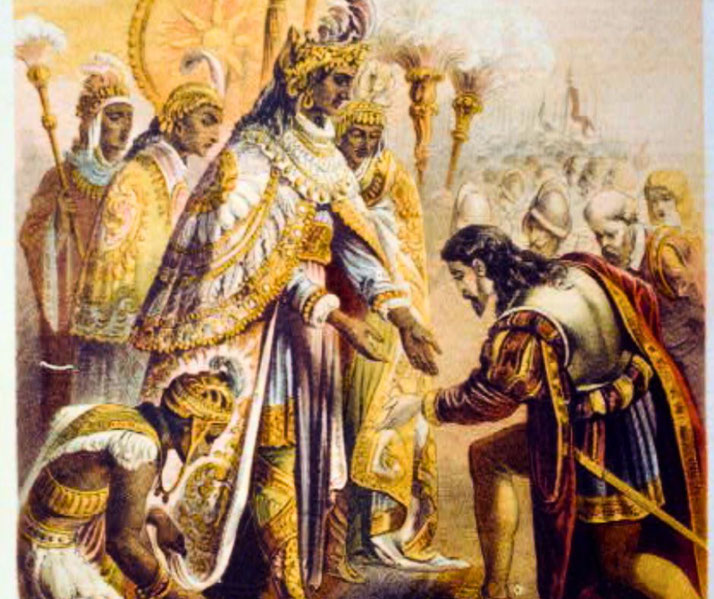
The fall of the Aztecs
Tensions in Tenochtitlan began to rise, and armed Aztec soldiers started to appear on the streets.
When news arrived that a new force of Spanish soldiers had arrived on the coast to arrest Cortez, he took some of his soldiers and rused eastward to deal with them in April 1520.
Unfortunately, some of the conquistadors that Cortez left at Tenochtitlan were killed.
Rather than arrest Cortez, the newly arrived Spanish soldiers were quickly convinced to join him in overthrowing the Aztec Empire.
With 800 new men with horse and supplies, Cortez rushed back to the city, hoping that the men he left there were still alive.
When he arrived, Cortez discovered that a massacre had occurred in the Great Temple in Tenochtitlan.
In May, while Cortez was away, the Aztecs had celebrated a religious festival.
The 200 Spanish left in city decided to halt the event, either because they wanted to stop potential human sacrifices or because they were dazzled by how much gold the Aztec nobles were wearing, and fighting broke out.
By the end of the massacre, the Spanish soldiers had slaughtered many of the Aztec nobles.
In response, hundreds of armed Aztec men had taken to the streets and the remaining Spanish soldiers had retreated to the palace and had barricaded themselves inside.
With great difficulty, Cortez managed to reach the centre of the city again and sought a diplomatic resolution to the tensions.
On the 29th of June, Cortez asked Montezuma to address his people to de-escalate the tensions.
However, the Aztec people turned on their emperor and stoned him to death.
Then, the population of the city turned on the Spanish. Realising that the Spanish were outnumbered and trapped, Cortez ordered his men to set fire to the giant Templo Mayor complex in the middle of Tenochtitlan and they began fighting their way out of the city.
All throughout the night of the 30th of June 1520, street battles occurred between the Spanish and the Aztecs.
The fighting was intense and there were heavy casualties on both sides. This became known as the Noche Triste, meaning 'Sad Night'.
By the morning, the remaining Spanish, including Cortez, had managed to cross the causeways that led out of the city.
They were safe for now, but the Spanish would not give up the dream of capturing the city.
Cortez needed a much larger force if he hoped to conquer Tenochtitlan. He called on his allies from Tlaxcala and Texcoco, who both sent armies to support him.
Ten months after fleeing from Tenochtitlan, Cortez's much larger force then lay siege to it, using a fleet of newly built ships.
The Aztec capital was cut off from access to food and lasted for 93 days before it finally surrendered to the Spanish on the 13th of August 1521.
The city was looted, and its buildings torn down. From that point on, the Aztec empire ceased to exist, but its people were subjugated and absorbed into the Spanish colonial system.
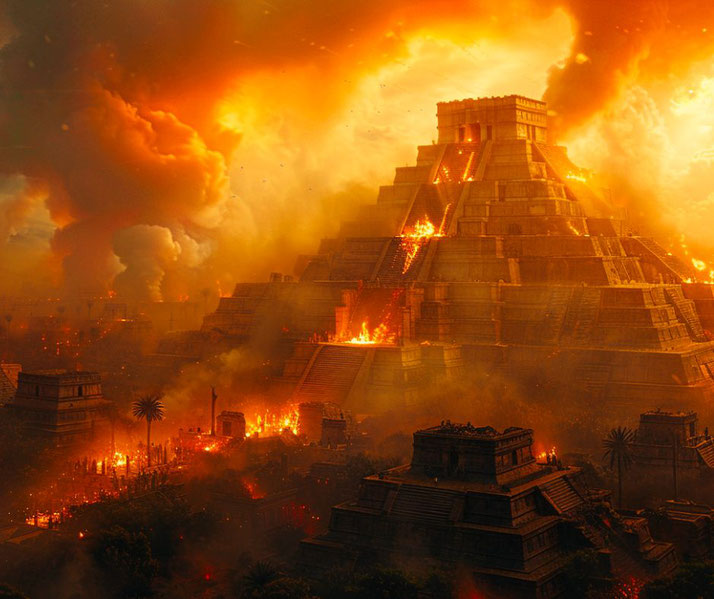
What do you need help with?
Download ready-to-use digital learning resources
Copyright © History Skills 2014-2025.
Contact via email
With the exception of links to external sites, some historical sources and extracts from specific publications, all content on this website is copyrighted by History Skills. This content may not be copied, republished or redistributed without written permission from the website creator. Please use the Contact page to obtain relevant permission.





